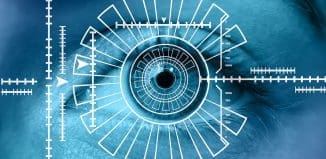GPS Is About To Become Much, Much More Accurate
This post is also available in:  עברית (Hebrew)
עברית (Hebrew)
GPS will be turning 40 in a couple years, and in the decades since its inception the technology has transformed our lives. Many users of GPS are not even aware of the experience of feeling utterly lost at an intersection, not knowing which way to turn. And, despite happening only a few short years ago, even the stories of GPS leading users magnificently astray, driving into a pond or getting stuck up a perilous mountain, almost seem like tall tales. But the technology has limitations, and accuracy and resolution are some of the most major ones. Now, a team of researchers says it can make GPS accurate down to 2.5 cm.
GPS works by measuring the time it takes to receive signals from four or more satellites. Using triangulation, modern devices can then calculate your location and velocity to within 1 metre. A team from University of California, Riverside has developed a set of algorithms that can augment GPS with data from onboard inertia measuring sensors. Combining the two has been tried in the past, but require large computational power. Their algorithms simplify the calculations by several orders of magnitude, making it possible to perform these calculations on a regular handheld device.
The team hopes that soon GPS units could be used in applications with far greater requirements of accuracy. One obvious example is driverless cars, where having the precise location of the vehicle is crucial for safety. Unmanned aerial vehicles could also greatly benefit from this development, allowing for computers to perform even more of the flight mechanics.






























